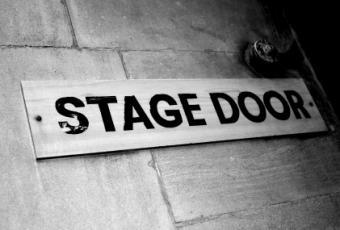
Gene Kelly has gone down in history as one of America's premier entertainers. His legacy continues to warm the hearts of movie fans today.
The Early Life of Gene Kelly
Born as the third son in an Irish Catholic family in Pittsburgh, Gene Kelly was first introduced into the world of dance when his mother enrolled him and his brother into a local studio at the age of eight. Neither one of them were particularly enthralled with dance, especially since they were persistently teased by the neighborhood boys.
It wasn't until Kelly was fifteen that he discovered a passion for the craft and gave dance a second chance. He graduated from college, and then began to use his dancing talent as a way to support his family during the Great Depression. By winning prize money in local competitions and dancing in night clubs, he and his brother began to hone their choreography skills and bring a smile to the faces of audiences. His family also founded a dance studio in the 1930s, which Kelly attempted to use as a platform to find work as a choreographer on Broadway.
Live Theatre
Gene Kelly did not find immediate success in New York. In fact, he struggled to find work as a dancer for quite some time, until he was cast in his first production, "Leave it to Me!," in 1938. He went on to act, dance and sing in a few more productions, and in 1939 he finally debuted some of his own choreography in "The Time of Your Life," which went on to win a Pulitzer.
Kelly became known for his eclectic dancing style that was more dependent upon emotions and "feeling" the rhythm, rather than sticking to traditional dance steps. Kelly became known for his outstanding work ethic and even more exuberant creativity, which caused Hollywood to take notice.
The Big Screen
Once recruited by Hollywood, Gene Kelly signed on with MGM and starred in his first movie with Judy Garland in 1942. After a couple of more movies, he had an opportunity to not only perform but also choreograph in the film "Thousands Cheer." Gene Kelly went on to perform and choreograph in several other films, including the endearingly popular "Singin' in the Rain" in 1952. Eventually, Hollywood musicals began to wane in popularity, and Kelly saw his career falter as well. His relationship with MGM became strained, and eventually he broke his contract with the studio, focusing more on behind the scenes film work and choreographing dance for other films and again for the stage.
Television is one of the main reasons behind the musical's decline, however Kelly continued to find work and develop a fan base wherever he went. He continues to be regarded as an entertainment industry legend today, as new generations discover and cherish his film work.
Gene Kelly died in 1996, after three marriages and three children. He had requested no funeral services, and so one of Hollywood's most celebrated entertainers faded away without a formal observation from family and friends. Today, many young dancers and choreographers study Kelly's impressive style and technique, emulating their work after the man who showed such a great level of passion and enthusiasm for the world of performing arts.







